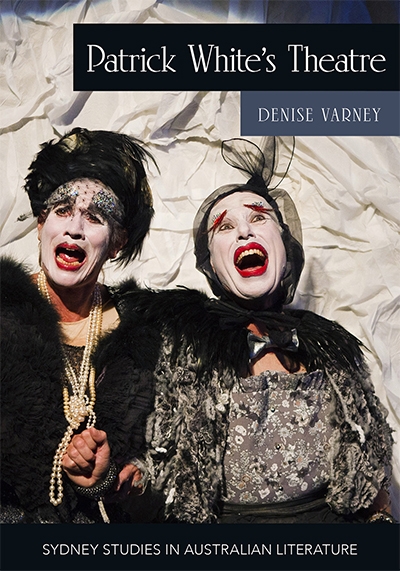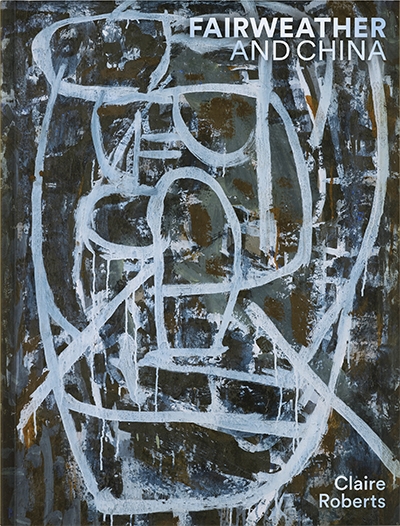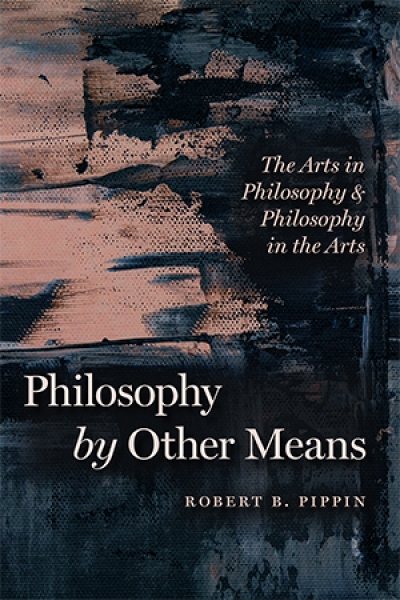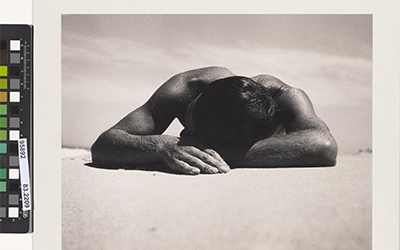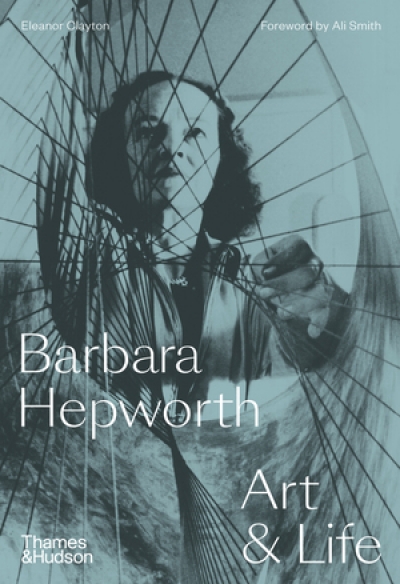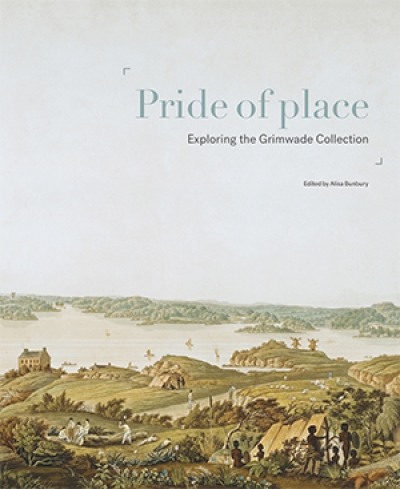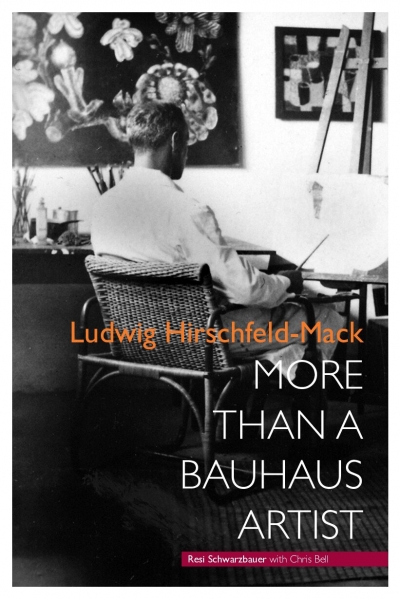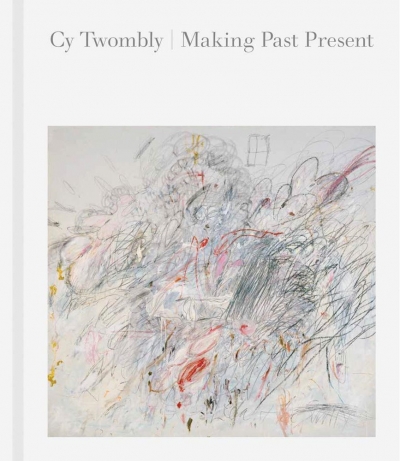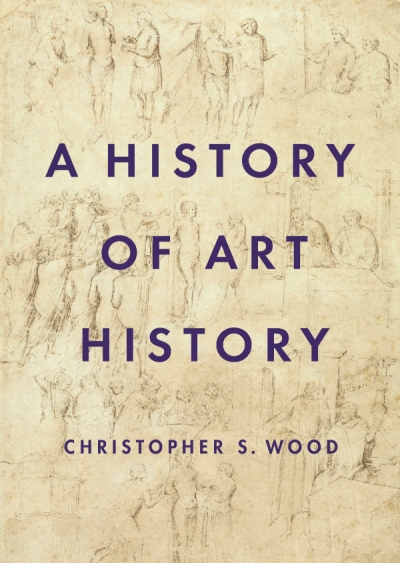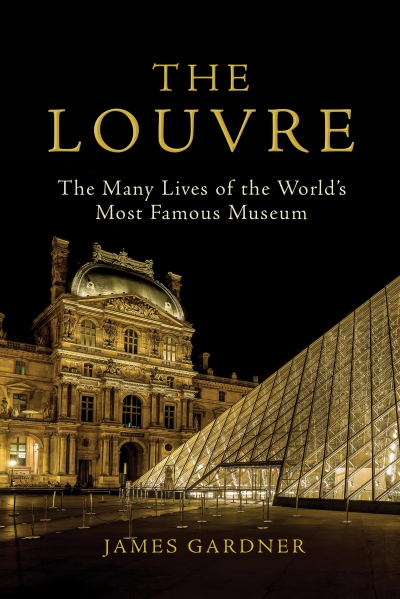Arts
Patrick White’s Theatre: Australian modernism on stage, 1960–2018 by Denise Varney
by Jonathan Dunk •
Philosophy by Other Means: The arts in philosophy and philosophy in the arts by Robert B. Pippin
by Justin Clemens •
Max Dupain, one of Australia’s most accomplished photographers, was filled with self-doubt. He told us so – repeatedly – in public commentary, especially during the 1980s, in the last years of his life. It is striking how candid he was, how personal, verging on the confessional, and how little attention we paid to what he said, either during his lifetime or since (he died in 1992, aged eighty-one).
... (read more)Pride of Place: Exploring the Grimwade Collection edited by Alisa Bunbury
by John Arnold •
Ludwig Hirschfeld-Mack: More than a Bauhaus artist by Resi Schwarzbauer with Chris Bell
by Seumas Spark •
Cy Twombly: Making past present edited by Christine Kondoleon with Kate Nesin
by Patrick McCaughey •

